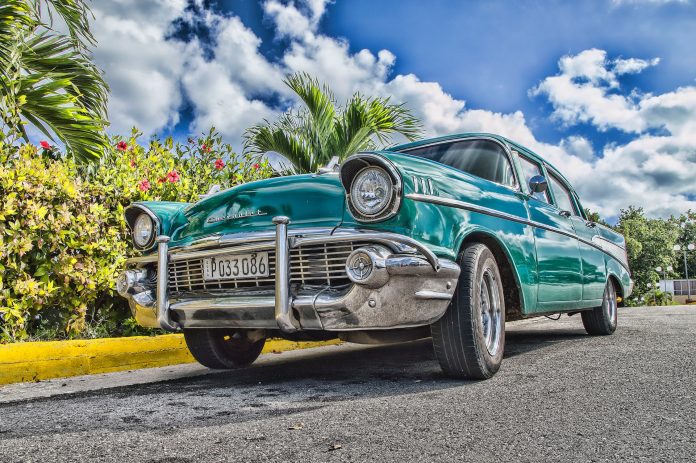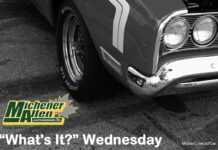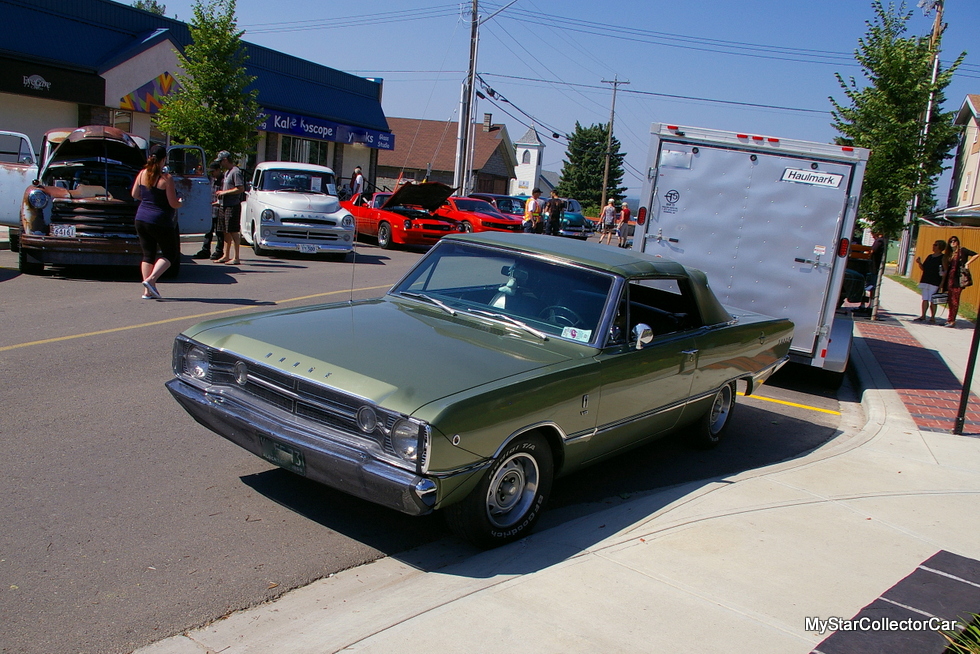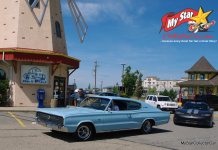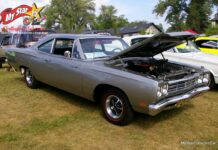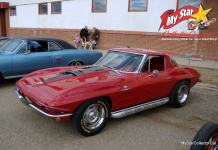Collecting classic cars is a timeless hobby for car enthusiasts across the country. Bloomberg recently noted a 19% increase in auction sales of classic cars since 2015, with the sale of Ferrari 410s, Mercedes Benz 540Ks, and Hispano-Suizas. Apart from the satisfaction they gain from having prized lots, classic car collectors savor the rarity, unique attributes, and performance of these vehicles.
Restoration is another rewarding aspect of this hobby because taking a classic car back on the road is equivalent to reinstating it to its original glory. It ensures that your ride will hold its value and keep running for longer, but it can also come with many costs. Today, we will discuss the various expenses involved in restoring classic cars:
Car acquisition
Before jumping into the restoration process, it’s crucial to have the right vehicle worthy of the additional investment. Factors that affect a classic car’s value include the model year, engine type, mileage, and popularity. A Ford Mustang 1965, for instance, is the perfect vehicle for collectors on a budget at an average resale price of $30,000. Because Ford released plenty of units of this model in the market, prices remain relatively low. On the other hand, a rare 1957 Chevrolet Bel-Air can cost as much as $310,000. In general, the older and rarer the car is, the more it will cost to acquire. Finding great deals on used vehicles requires looking into auctions or online classified sites to find one that fits your restoration objectives and budget.
Parts
Parts make up a significant portion of the total restoration cost of a classic car. They can be hard to find or may require special tools and equipment to install. A single wheel replacement for a Volkswagen Beetle may cost upwards of $500, while a backup light kit for a 1960 Dodge Polara may cost up to $450. Carburetor swaps are also common, and the cost may range from $200 to $450, depending on the type of vehicle. Transmission restoration can cost up to $3400, depending on the necessary parts. You should be prepared to spend a hefty sum and the cost of the elements themselves, as well as the shipping costs and other related expenses.
Repainting
The paintwork on the classic car you acquire can be faded, cracked, or missing, which can make it look plain or old. This makes repainting one of the pillars of car restoration. A guide to the cost of car painting by Sound Dollar explains that it depends on the vehicle’s condition and your restoration goals. A basic paint job can cost $300 to $900, while a specialty paint job can cost more than $20,000. Painting a classic car covers its flaws and breathes new life into it while protecting it from the elements such as sand, excessive heat, extreme cold, and rust. Arguably, this is the most critical aspect of restoration as your car’s appearance maximizes your enjoyment as you drive it around.
Interior
Restoring a car’s interior involves researching which parts were used on your model and what it looked like in its heyday. Updating the upholstery, the ceiling, the carpet, and the door panels commonly constitute the final part of car restoration and can be done through a custom interior job or using an interior kit. The cost may range from $2,000 to $7,000, depending on the car’s size, the specifications you have in mind, and the number of materials needed. But, if your goal is usability and comfort, you can opt to use modern materials for your Toyota FJ or Ford Bronco’s interiors.
If you own a classic car, you know that keeping it in perfect condition can be worth a lot of money. In the end, this can be a worthwhile endeavor because proper restoration and maintenance can make your vehicle last a lifetime.

































